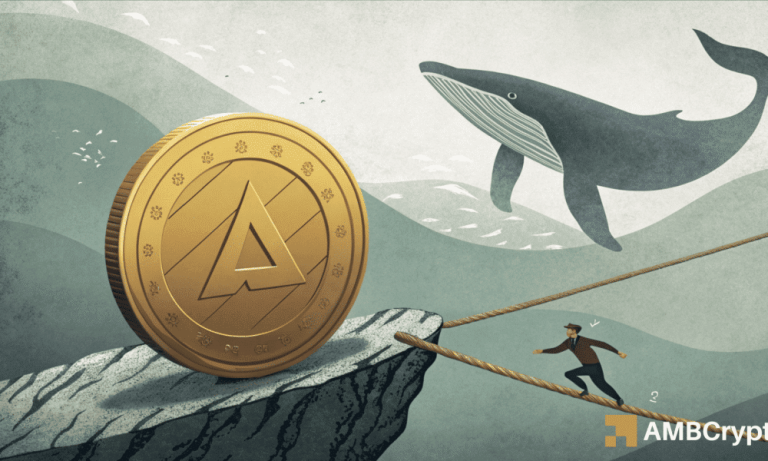
The Evolution of E-commerce by 2025: Trends and Innovations
The Evolution of E-commerce by 2025 is an exciting topic, and as we approach this milestone, it’s essential to consider the trends and innovations that will shape the future of online shopping. E-commerce has come a long way since its inception, and it’s expected to continue growing, with more businesses and consumers turning to online platforms for their shopping needs.
Introduction to E-commerce
E-commerce, or electronic commerce, refers to the buying and selling of goods and services over the internet. It has revolutionized the way we shop, making it possible to purchase products from anywhere in the world, at any time. The rise of e-commerce has been driven by advances in technology, changes in consumer behavior, and the increasing popularity of online platforms.
Current State of E-commerce
The current state of e-commerce is characterized by a high level of competition, with many businesses vying for attention in a crowded online marketplace. Despite this, e-commerce continues to grow, with sales expected to reach $6.5 trillion by 2023. The use of mobile devices, social media, and artificial intelligence (AI) is becoming increasingly prevalent in e-commerce, with many businesses using these technologies to enhance the customer experience and improve sales.
Trends and Innovations in E-commerce
There are several trends and innovations that are expected to shape the future of e-commerce by 2025. Some of these include:
- Personalization: The use of AI and machine learning to create personalized shopping experiences for customers.
- Mobile Commerce: The increasing use of mobile devices to make purchases online.
- Social Commerce: The integration of social media and e-commerce, allowing customers to purchase products directly from social media platforms.
- Augmented Reality (AR) and Virtual Reality (VR): The use of AR and VR to create immersive shopping experiences for customers.
- Sustainable E-commerce: The growing importance of sustainability in e-commerce, with businesses focusing on reducing their environmental impact and promoting eco-friendly practices.
Future of E-commerce
By 2025, e-commerce is expected to have evolved significantly, with many businesses adopting new technologies and strategies to stay ahead of the competition. Some of the key features of the future of e-commerce include:
- Increased Use of AI and Automation: The use of AI and automation to improve the efficiency and effectiveness of e-commerce operations.
- Greater Focus on Customer Experience: The importance of creating personalized and engaging shopping experiences for customers.
- More Emphasis on Sustainability: The growing importance of sustainability in e-commerce, with businesses focusing on reducing their environmental impact and promoting eco-friendly practices.
- Integration with Other Channels: The integration of e-commerce with other channels, such as social media, physical stores, and marketplaces.
Conclusion
In conclusion, the evolution of e-commerce by 2025 will be shaped by a range of trends and innovations, including personalization, mobile commerce, social commerce, AR and VR, and sustainable e-commerce. As businesses adapt to these changes, they will need to focus on creating engaging and personalized shopping experiences for customers, while also prioritizing sustainability and reducing their environmental impact. By understanding these trends and innovations, businesses can stay ahead of the competition and thrive in the ever-changing world of e-commerce.



